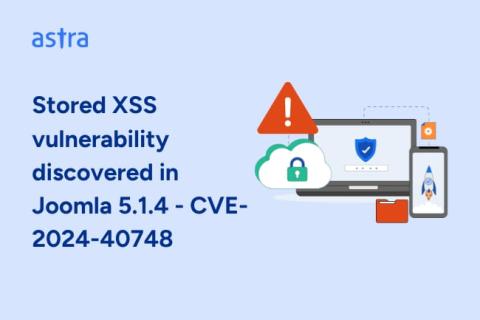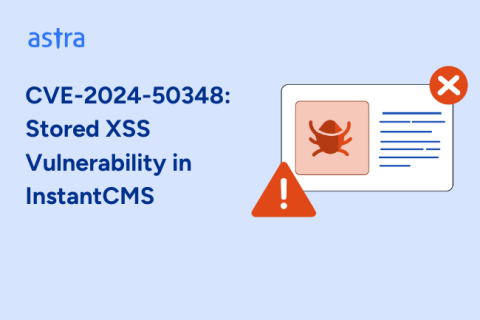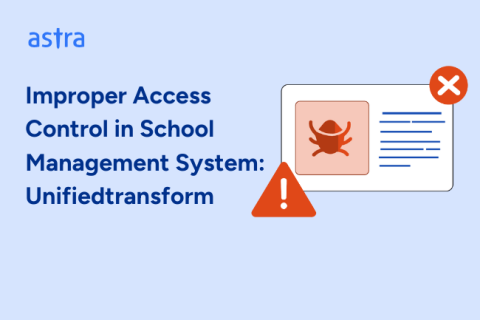Web Application Penetration Testing
Web application penetration testing involves performing a simulated attack on a web app to determine weaknesses that hackers can exploit. The testing process uses emulations of real-world attacks to identify hidden attacks such as SQL injection, cross-site scripting (XSS), or cross-site request forgery (CSRF). What is the worst that could happen if you don’t continuously test your web application for vulnerabilities?











